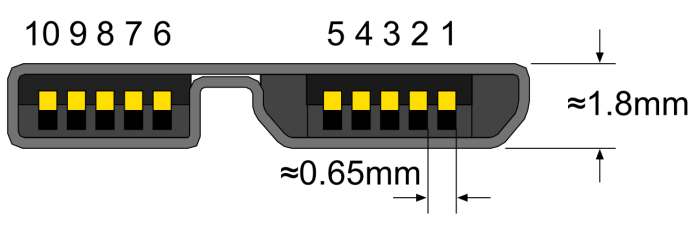The first half of 2009 is over and after your summer vacation, you might want to start gearing up for the new distro releases. Once again open source proved that developers collaborating all over the world deliver constant platform improvement. Let’s see what they have in store for us this time.
USB 3.0
 This new bus specification promises a speed of 5 Gigabits per second, about 10 times faster than USB 2.0. And the first operating system to get a USB 3.0 driver is GNU/Linux, specifically, kernel 2.6.31 (scheduled for September).
This new bus specification promises a speed of 5 Gigabits per second, about 10 times faster than USB 2.0. And the first operating system to get a USB 3.0 driver is GNU/Linux, specifically, kernel 2.6.31 (scheduled for September).
Ubuntu to support Google Android applications
With a user base of roughly 2 million and more than 20 Android-powered devices coming this year, Google’s mobile operating system may become a force to be reckoned with. Developers will embrace the platform and given time, Android’s Market will contain hundreds of thousands of applications. Well, at least that is the direction in which the Ubuntu dev team is thinking. They plan to introduce an easy way to port Android apps over to their flagship Linux distribution. While most applications will be useless on a desktop machine, there might be some apps that, with their small size and modest memory consumption, might do a certain task much better than its Ubuntu-native equivalent.
Source: Internetling







